The heavy-duty cultural property fight between Peru and Yale just got a little lighter. Peru has withdrawn the fraud and conspiracy charges from the lawsuit it filed in 2008 that asks Yale to return Inca artifacts removed from Machu Picchu bu Hiram Bingham when he “discovered” and explored the site in 1911-1915.
 According to the Associated Press, Peru “recently filed papers in federal court dismissing six of 17 counts from its lawsuit.” The article continued:
According to the Associated Press, Peru “recently filed papers in federal court dismissing six of 17 counts from its lawsuit.” The article continued:
The fraud allegations that were withdrawn accused Yale of intending to deceive Peru by promising to return the artifacts and conspiring with Bingham to retain the artifacts unlawfully by fraudulently assuring that Yale would return the artifacts when Peru demanded.
The new action could move the case toward an easier resolution. But Yale didn’t take the opportunity to make nice completely, as the article made clear:
“Peru has dropped all claims of Yale having intentionally done anything wrong,” said Jonathan Freiman, Yale’s attorney. “We’re glad that they have done so, but we think the rest of the case is equally misguided and should be withdrawn, as well.”
Yale and Peru have come close to a resolution before: in 2007, they had a deal to give Peru ownership of the disputed pieces, but allow joint custody and exhibition. Peru changed its mind, and backed out of that deal.
Which put everything back in court: negotiations are better, needless to say.
Here’s a link to the AP article and here’s a link to the Wall Street Journal “Masterpiece” column I wrote about Machu Picchu in 2008.
UPDATE, 5/27/10: Read my post about Peru’s claim for the Paracas textiles here.

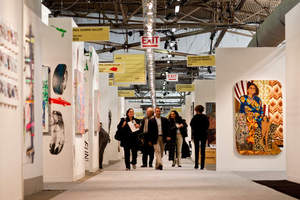
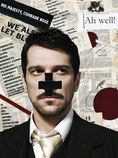
 That’s one of the things the High Line, Manhattan’s new elevated park, has discovered (anecdotally), and that’s why I proposed an article to The Art Newspaper on Lauren Ross, the curator it hired last May. It was published last Friday (
That’s one of the things the High Line, Manhattan’s new elevated park, has discovered (anecdotally), and that’s why I proposed an article to The Art Newspaper on Lauren Ross, the curator it hired last May. It was published last Friday (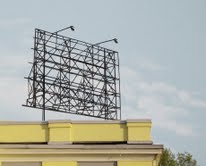 Some things I learned when speaking with Ross were inevitably left on the cutting-room floor, including Ross’s comment (in the wake of her tenure as
Some things I learned when speaking with Ross were inevitably left on the cutting-room floor, including Ross’s comment (in the wake of her tenure as 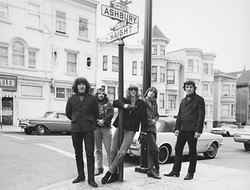 History museums, and many art museums, sometimes have a hard time moving into recent decades, especially into pop culture. Is the subject really worthy of being in a museum? Is it scholarly enough? Etc.
History museums, and many art museums, sometimes have a hard time moving into recent decades, especially into pop culture. Is the subject really worthy of being in a museum? Is it scholarly enough? Etc. 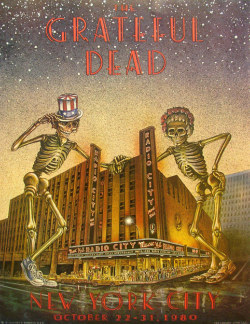 And the Dead are the subject of serious scholarship.
And the Dead are the subject of serious scholarship.